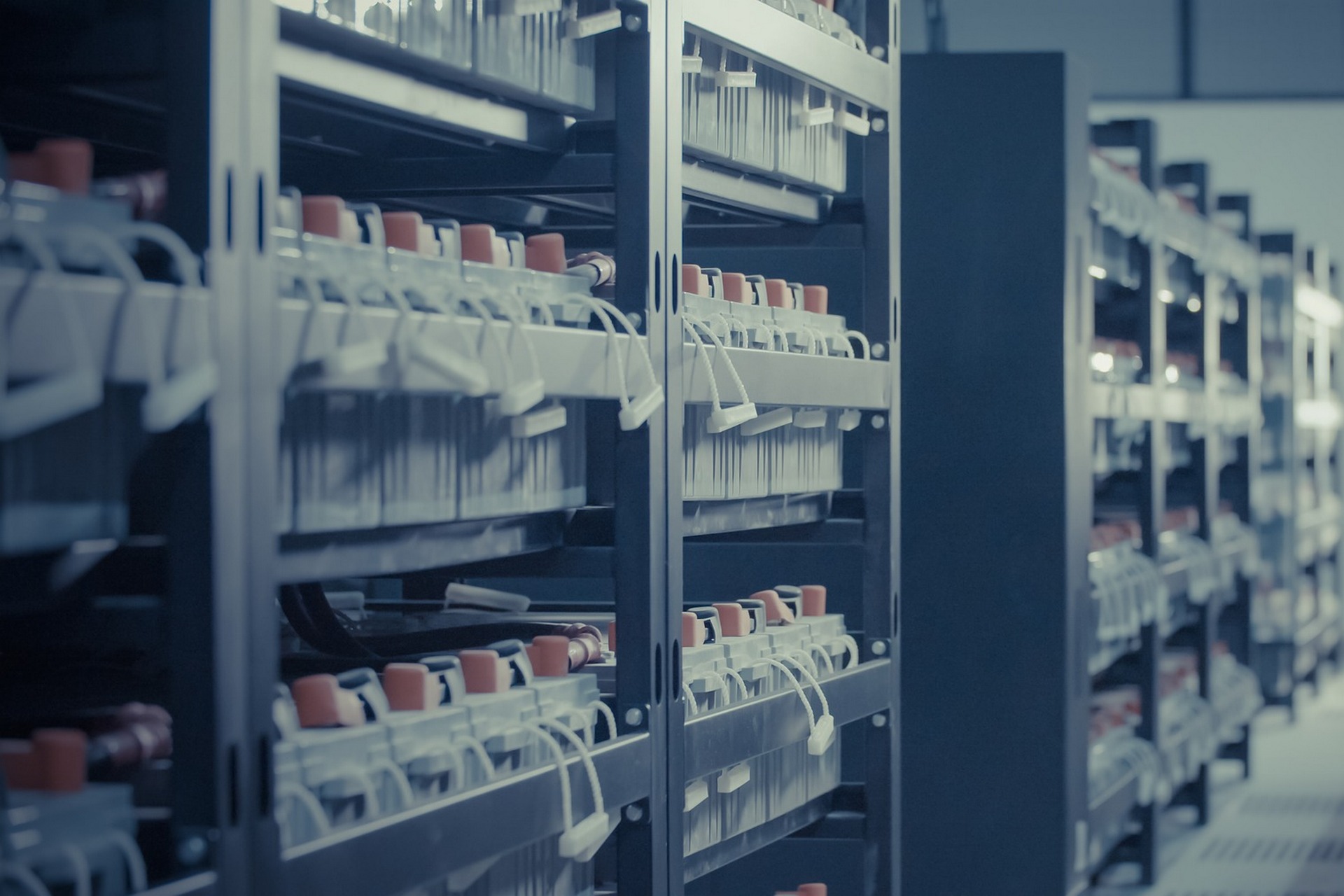Battery manufacturers prepare for explosive growth
There’s money to be made on the mass shift to electric cars, but there are risks, too
The most striking and well-known example of explosive growth in the lithium-ion battery sector is Tesla’s $5 billion “gigafactory” in Nevada. Investment bank Berenberg estimates that the sector would need to increase battery production by an order of magnitude for its capacity to grow from 68 GWh in 2016 to 1,165 GWh 10 years later.
It is primarily Asian companies that are seeking to make up for the shortfall in supply. Despite all the hype around the Tesla plant, the U.S. company does not produce batteries – its partner Panasonic is responsible for this – the Japanese company has independent projects in this area. Other industry leaders are LG Chem and Samsung SDI, public divisions of South Korean conglomerates. They supply batteries to Nissan, GM, BMW and other electric car manufacturers. Coming on the heels of the Koreans are two Chinese companies intent on supplying the fast-growing Chinese electric car market. They are BYD, which itself makes electric cars (Warren Buffett’s Berkshire Hathaway owns an 8.25 percent stake in the company), and Contemporary Amperex Technology, which plans to raise $2 billion during an IPO in Shenzhen in the coming months. Bloomberg New Energy Finance (BNEF) estimates that by getting the money to expand production, Contemporary Amperex will become the largest producer of lithium-ion batteries in the world.
These five Asian companies and a number of other manufacturers intend to build 24 plants by 2021 with a total battery production capacity of 332 GWh (see chart), points out Simon Moores, managing director of Benchmark Mineral Intelligence.
Investors looking to capitalize on the new gold rush should take a long-term view, says The Wall Street Journal (WSJ). Capital costs in the sector are high, while the contracts being negotiated imply very small margins.
Thomas Edison on batteries
“The battery, in my opinion, is a cheap scoop designed to attract buyers, a mechanism to deceive the public by stock companies.
Negotiating with automakers will also be difficult. Outside China, the auto industry is very consolidated, and regulators are putting a lot of pressure on auto companies to encourage sales of electric cars, even if it’s not profitable yet. France and the U.K. have banned sales of internal combustion engine cars since 2040. So the way out for automakers is to get battery prices down.
Large new factories should help battery makers. “Economies of scale are critical here,” Bloomberg quoted BNEF analyst Colin McKerracher as saying. Batteries have already tripled in price from $1,000 per kWh in 2010. BNEF estimates that electric cars will be able to compete with internal combustion engine cars when the cost of a battery drops to $100 per 1 kWh. This could happen by 2026, according to experts who spoke at the BNEF conference this week.
